| Type |
3-seat medium bomber (pilot, pilot in command, radio operator) |
| Engine |
2 BMW VI 7.3Z with 3-bladed variable pitch propellers, dia 3,2 m |
| Dimensions |
Length 16,3 m , height 4,62 m , span 18,0 m , wing area 55,0 m2 , |
| Weights |
Empty 5170 kg, loaded 7040 kg , max. take off weight fuel 2 x 700 l |
| Performance |
Max.. speed 356 km/h sea level , 310 km/h at 4000 mcruising speed 315 km/h at sea level , 265 km/h at 4000 m, range 1580 km at sea level, 1875 km at 4000 m, endurance , service ceiling 5450 m , climb to 4000 m 13,9 min. |
| Armament |
2 - 3 7.92-mm MG 15 machine guns, internal bomb load, kg 500 - max. 750 kg |
Do17E - 328 at Dornier/Oberpfaffenhofen, Versions : E-1. E-1/U1, E-2, E-3
The initial production variants were the Do 17E-1 bomber, which was tested with two Daimler-Benz DB 600,[14] and Do 17F-1 reconnaissance aircraft, powered like the early prototypes with BMW VI engines, which entered production in late 1936. The first Luftwaffe units converted to the Do 17 in early 1937.[24]
The Do 17E-1 was equipped with two BMW VI 7.3D inline engines of 750 PS each. The crew numbered three. The radio operator manned the two 7.92 mm MG 15 machine guns within a B-Stand pod in the rear cockpit; they had 750 rounds of ammunition. The bomb bay was divided into two compartments. Each had five bomb racks with individual capacity of 50 kg (110 lb). A single ETC 500/IX bomb rack could be mounted externally underneath the aircraft to carry a 500 kg bomb. A Do 17 E-1 with the designation D-AJUN was tested with an unusual configuration, two SC 500 bombs mounted side by side under the fuselage. It showed a notable performance reduction due to the increase in weight and drag, this configuration was not used operationally. The E-1 continued to carry low bomb loads into the Second World War. The performance of the E-1 enabled it to reach a speed of 330 km/h at 3,000 m . Conducting a shallow dive the light frame of the Do 17 could reach 500 km/h . Its maximum ceiling was 5,500 m . Several E-1s were rebuilt as E-2 or E-3, at least three E-2 and one E-3 were used by DVL and Hansa-Luftbild GmbH (Hansa Aerial Photography Ltd) in a secret military reconnaissance role prior to the war.
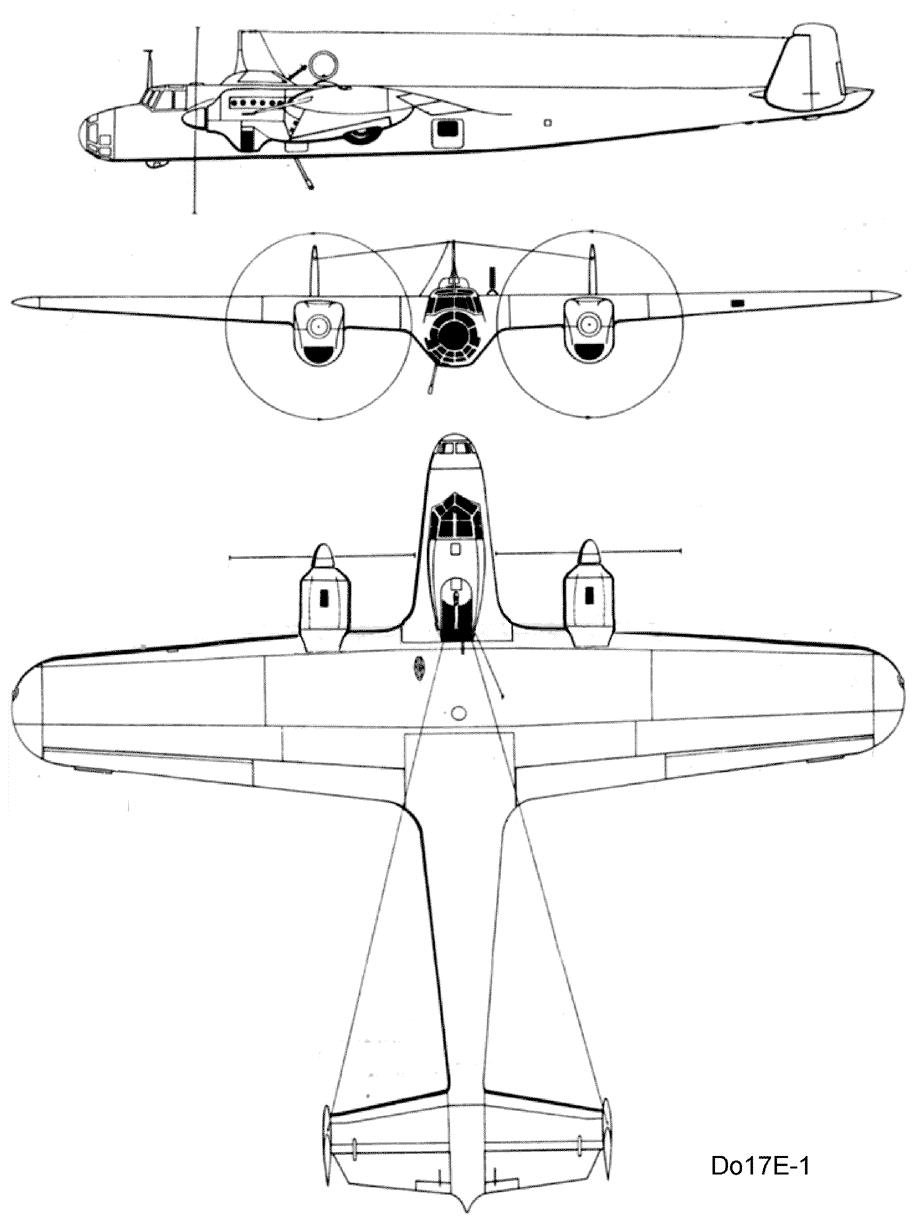






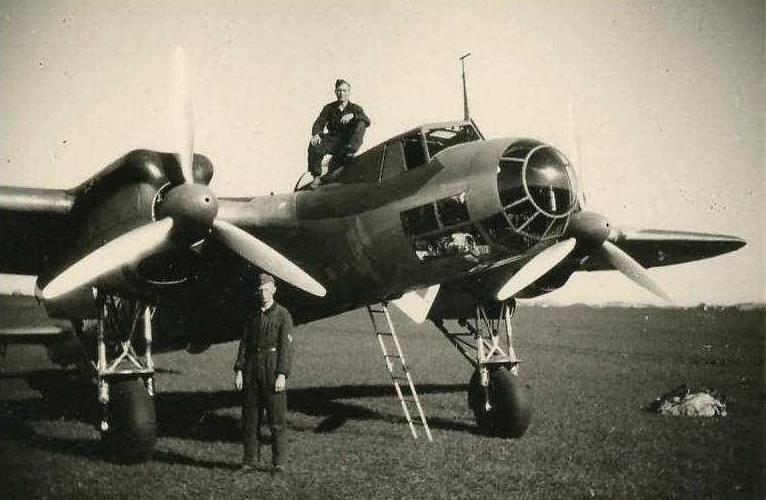

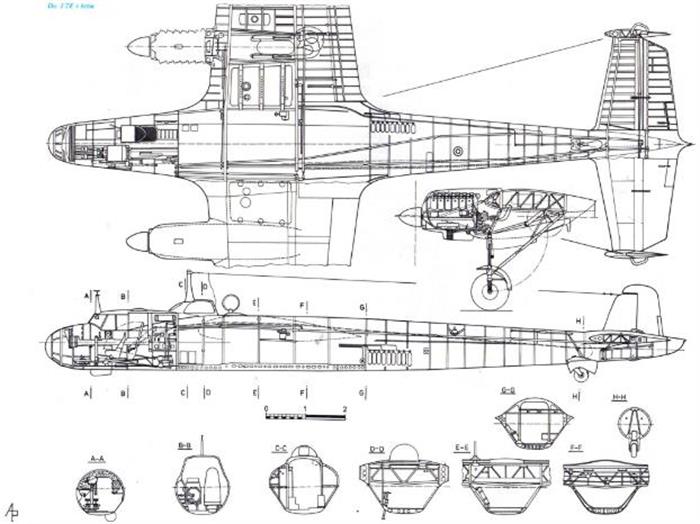
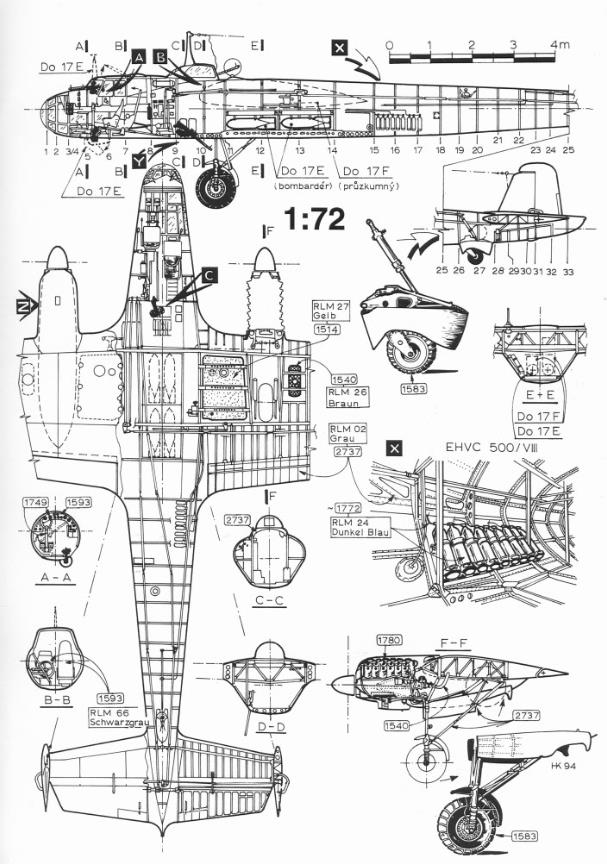
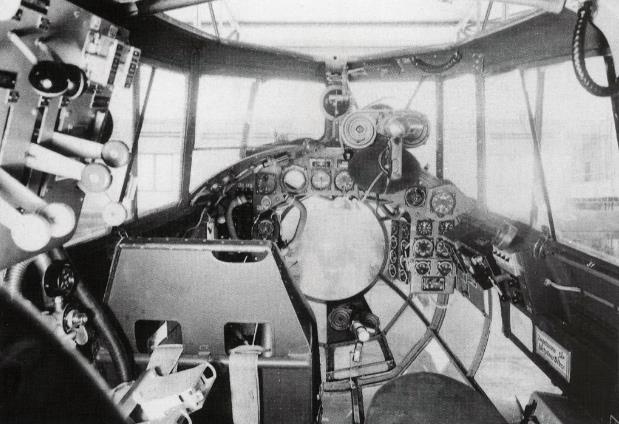

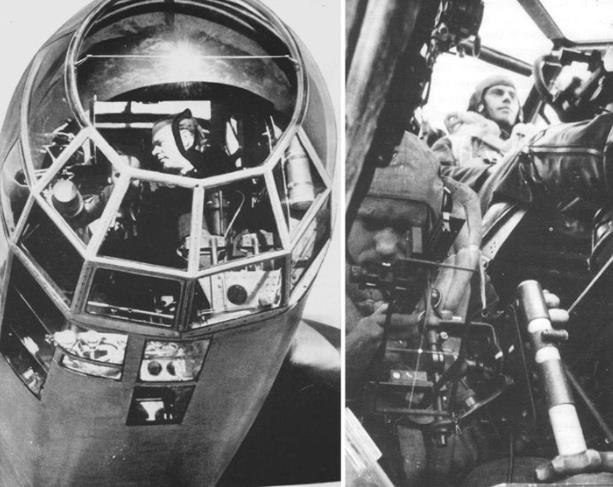

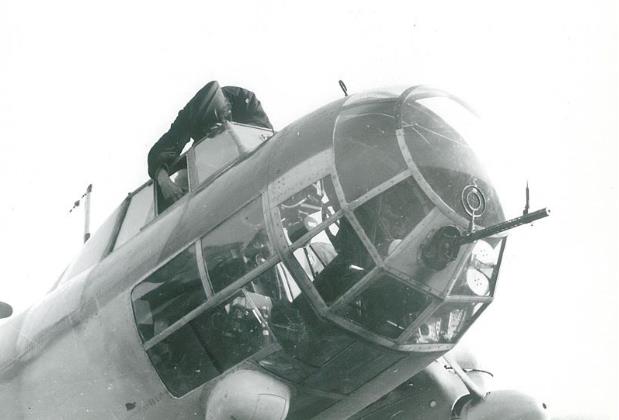
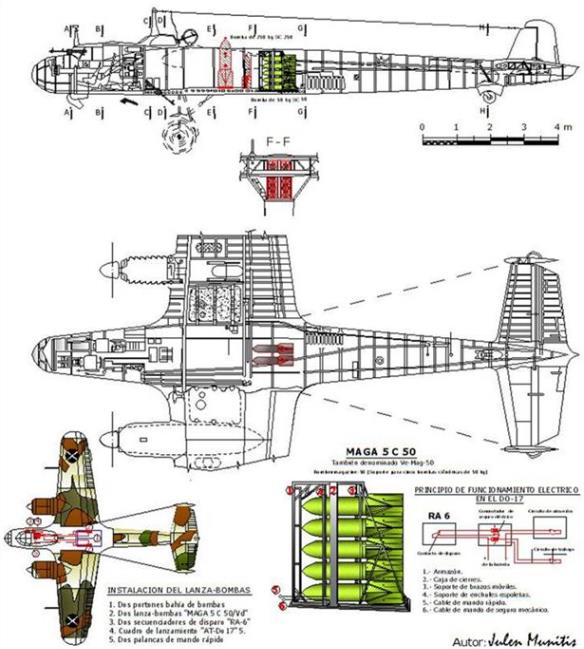
The Do 17 E-1 is equipped with two BMW VI 7.3d in-line (“inverted V”) engines with 12 cylinders and a maximum power of 750 HP (551 kW), 1,700 rev/min, each. The bomb bay was divided into two compartments. Each had five bomb racks with an individual capacity of 50 kg (110 lb). An ETC bracket could be mounted externally to carry a 500 kg bomb. A Do 17 E-1 with the designation D-Ajun was tested with an unusual configuration, two SC 500 bombs mounted side by side under the fuselage, which showed a notable reduction in performance due to increased weight and friction, this configuration was not used operationally. The E-1's performance allowed it to reach a speed of 330 km/h (205 mph) at 3,000 m (9,842 ft). Performing a shallow dive of the Do 17 meant that it could reach 500 km/h (310 mph). Its maximum ceiling was 5,500 m (18,044 ft). Several E-1s were rebuilt as E-2s or E-3s, at least three E-2s and one E-3 were used by the DVL and Hansa-Luftbild GmbH (Hansa Aerial Photography Ltd) on secret military reconnaissance missions before of the war.














